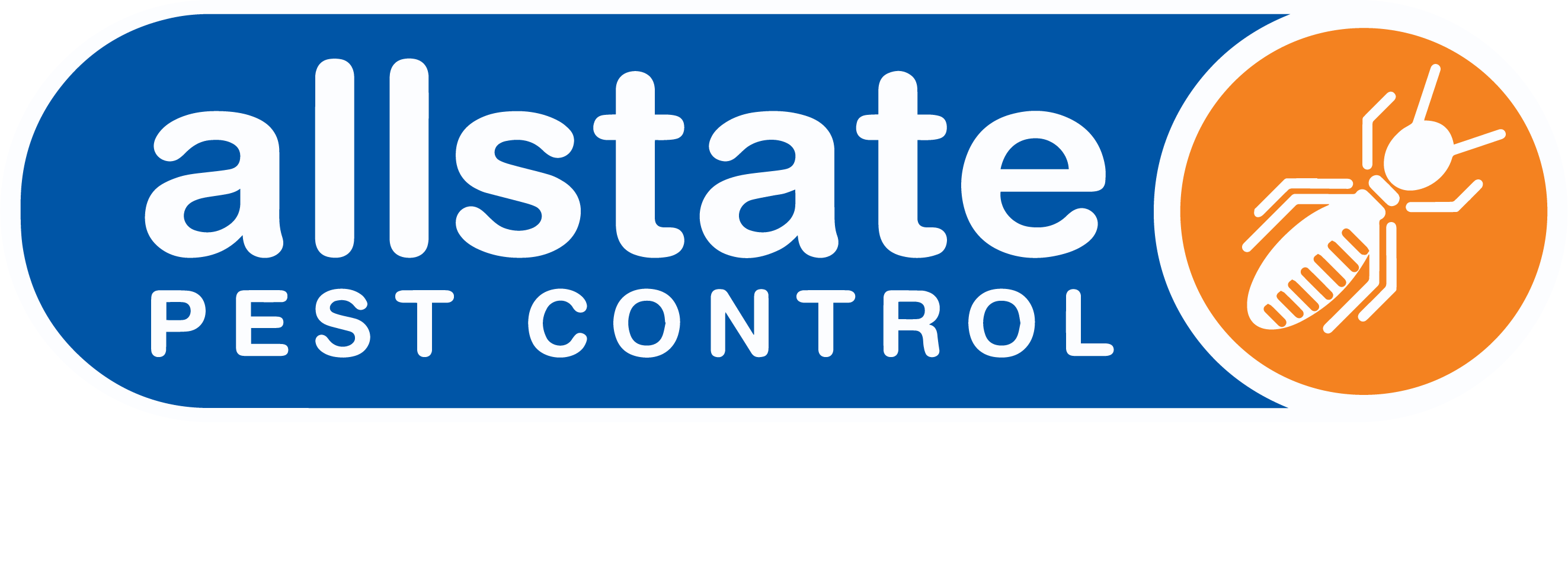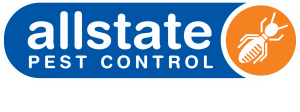
How Do I Know if I Have Termites in my House
We are always here to help you stay protected against tiny intruders into your home or business. For more facts or help with a pest problem, you can chat to us by clicking the or by calling 8371 1277.
How do I know if I have termites in my house?
Look for tell-tale signs such as winged insects flying around holes in your walls, termite droppings, and dead, hollowed-out trees around your home.
If you see tiny piles of debris (faeces and/or wood shavings) on or near your home, there’s a chance you have a termite infestation. Termites will only distribute their faeces and wood shavings on the edges of their nests or colonies after they’ve feasted on a fresh meal, so you’ll only find them on the borders of the colony.
If you notice these tiny piles of debris, it’s time to call a pest control company.
How do you check for termites?
There are a few ways you can check for termites.
Besides looking for termite damage, where small changes in the structure may be hard to notice, you can also place wood blocks in the ground around your house.
Termites are attracted to moisture, so they will gather around the wooden blocks if they are nearby.
Another option is to use a metal detector to check for termites in the ground.
Or, even better, you can have a professional come in and do an inspection of your property to search for evidence of termites.
How do you tell if termites are in your walls?
If you see mud-coloured stains on your walls, termites might be responsible. If this is the case, you should contact a pest control service to initiate a wall inspection and pest control plan.
Where are termites usually found in a house?
Termites may be found in various places in a house, depending on the species and conditions.
For example, Coptotermes formosanus, the Formosan subterranean termite, is common in wood and paper products, such as furniture and books. These termites may also inhabit plaster and piles of sawdust.
Cryptotermes brevis, the drywood termite, is usually found in dark, dry locations like furniture and clothing.
Some species of termites inhabit and infest many parts of a home and property. M. perniciosus, the most common species in Australia, may be found in the walls, behind wallpaper and in the roof.
What are early signs of termites?
A small black streak on the siding or beams of a building is an early sign that termites are there.
Termites are not restricted to travelling in straight lines, so they can also be found in woodwork, around mouldings, around windows, and in the soil at the base of the building.
Because termites are a type of ant that eat wood for food, small holes in wood are also a tell-tale sign of a termite infestation.
When should you suspect termites?
If something that was made out of wood starts to crumble, you should suspect termites. This means that the termites are already present and eating the wood.
Another sign of termites is if the home starts to smell like musty soil. This happens because the termites are leaving droppings and faecal stains.
What can be mistaken for termites?
Many different insects can be mistaken for termites, so it is crucial to identify the insect before starting a treatment.
One of the most common things that people mistake for termites are ants.
Contrary to what people think, ants do not eat wood. Some species, like carpenter ants, may damage wood, but not to the same extent as termites.
On the other hand, Termites have a voracious appetite for the moist cellulose in wood and will cause significantly more damage in a shorter time.
How do you tell if a bug is a termite?
Many breeds or types of termites can be identified by their size, appearance, and behaviour.
One of the most common ways to diagnose a termite is the “track test,” where a small amount of a diluted substance composed of a natural oil or peanut butter is spread on a cardboard surface.
Termite tracks will appear on the surface of the card. These tracks will have a recessed appearance and be between one and two millimetres in length and resemble a pencil line.
Termites are brown, soft-bodied, six-legged, social insects. Subterranean termites are most often recognised by the mound of mud they build in the open. This mound houses the queen, king, and thousands of termite offspring.
The easiest way to tell if a bug is a termite is by looking at the abdomen.
Although the legs on termites vary between species, two will always protrude from the thorax and four from the abdomen. If the bug appears only to have two segments (the head and abdomen), it is likely a termite. If the bug has three clear parts (the head, thorax, and abdomen), it’s probably an ant.
Are white ants the same as termites?
Many people use the term “white ants” to describe an insect they have seen in the home due to its light colour, size, and shape.
But these “white ants” are termites.
Termites and ants belong to different species but can have similar appearances. Generally, ants are darker in colour, so it may be a termite if you see a “white ant” or light coloured ant.
How can I tell if I have termites or ants?
You can distinguish a termite from an ant by looking closely at its appearance.
Termites may look larger than ants due to their thicker waist. Ants are a darker brownish colour, while termites are lighter in colour. There is also a contrast between each insect’s antenna, where ants have an elbow-shaped antenna and termites have a straight antenna.
One of the quickest and easiest ways to find out what type of bug is damaging your home is by inspecting the frass (or droppings). Carpenter ants frass looks like wood shavings and may vary in size and shape, while termite frass is oval-shaped and uniform.
What are the signs of termite infestations?
Signs of termite infestation generally include wood hollowed out, termite mounds, termites inside, or termites on wood around the home.
One obvious sign of termite damage is visible tunnels on the surface of the wood, most often near the ground.
Termites will also create an oily, washed-out looking stain around the entrance to the tunnels.
How do I know if I have old or new termite damage?
It can be confusing trying to identify whether your home’s termite damage is old or new.
The damage that occurs with a new infestation will happen under or near the surface of the wood and will be more uniform in distribution. With an old infestation, the attacks will occur along the surface and be more random and patchy.
The one thing that signifies that it is new termite damage is if the wood is damp but hollowed out, as these pests are attracted to moisture.
What are the signs of termites in wood?
The oval droppings are uniform in size and variable in colour, will be localised in one area, as the only time termites leave droppings is when they are eating from something. Termites damage more than just structures. They can also eat furniture, picture frames, and landscaping elements.
You can see whether termites are consuming wood by looking beneath wood you suspect may be affected. You can use a flashlight or a penlight to see if the wood is hollowed out or if termites are currently present in that small location.
How do you kill termites?
For starters, you need to determine if you have termites or a different type of pest. If you aren’t sure, a professional pest control technician can identify your problem pest.
It can be tempting to DIY your termite control, but you should always consider a professional pest controller. In many cases, DIY treatments may appear to be working, only for you to discover thousands of dollars in damage later.
How do you prevent termites?
While we don’t recommend DIY treatment methods, some prevention strategies can reduce your risk of needing costly extermination.
Some prevention methods include removing unnecessary landscaping wood and woodpiles, promptly fixing water leaks, and annual termite inspections.





Recent Comments